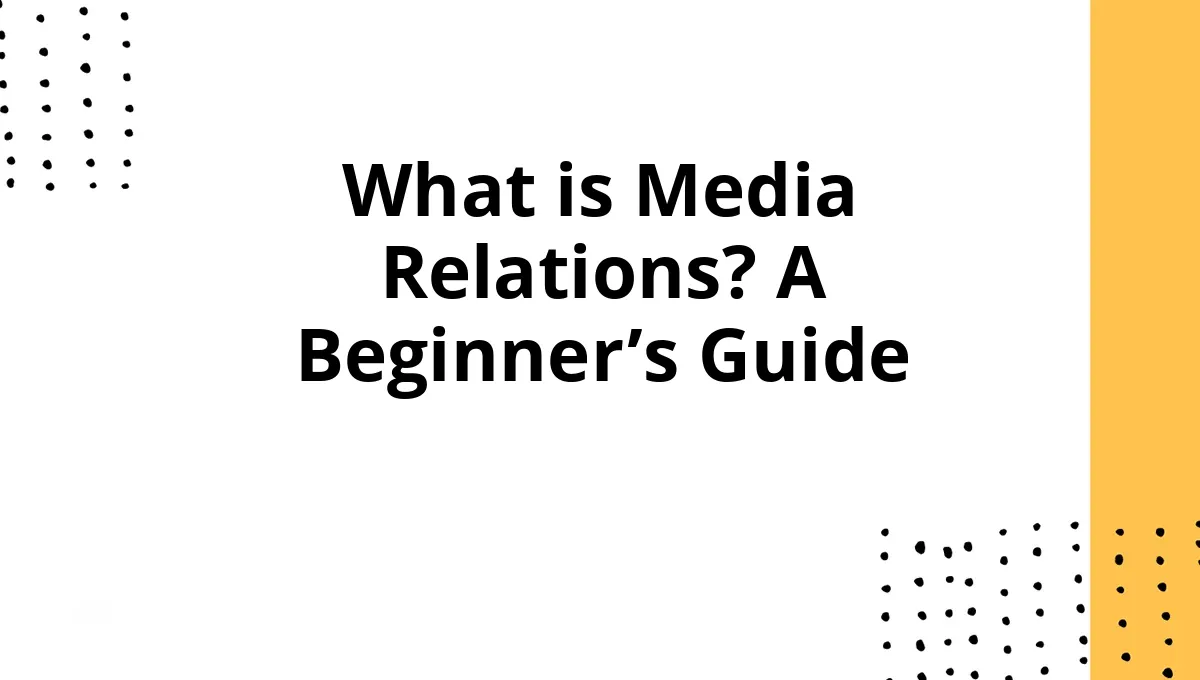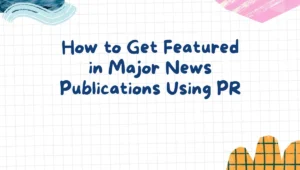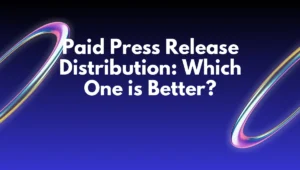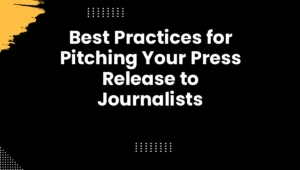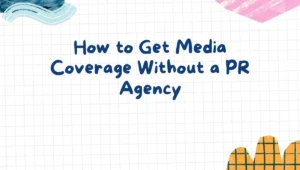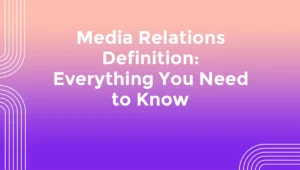What is media Relations? A Beginner’s Guide
In today’s fast-paced digital world, understanding media relations is more vital than ever for brands, businesses, and individuals looking to shape their public image. This extensive guide delves into all aspects of media relations,providing insights and tips to help beginners navigate this crucial segment of public relations.
Understanding Media Relations
Media relations involve the relationship between an institution and the media, typically journalists, editors, and other media professionals. The primary goal is to communicate newsworthy information effectively while fostering a positive relationship with the media. Prosperous media relations can enhance visibility, shape perceptions, and build credibility.
The Importance of Media Relations
Media relations are essential for various reasons, including:
- Brand Visibility: Positive media coverage can significantly increase a brand’s visibility.
- Credibility: Reports from credible sources provide authenticity to a brand’s message.
- Influence Public Opinion: Media narratives can significantly influence public perception.
- Crisis Management: Effective media relations can assist in navigating crises smoothly.
Benefits of Effective Media Relations
Implementing a strong media relations strategy provides numerous benefits, such as:
- Increased Awareness: Gaining media coverage enhances awareness of products or services.
- targeted Audience Reach: Media relations can definitely help reach specific demographics effectively.
- Cost-Effective Marketing: Media coverage often acts as a free marketing tool.
- Long-Term Relationships: Establishing trust and rapport with journalists can lead to ongoing coverage.
How to Build a Media Relations Strategy
To craft an effective media relations strategy, consider implementing the following steps:
- Identify Your Goals: Define what you wish to achieve-awareness, credibility, etc.
- Know Your Audience: Understand your target demographic and which media they consume.
- Create a Media list: Compile a list of relevant journalists, bloggers, and publications.
- Develop Compelling Content: Craft press releases and articles that convey your message effectively.
- Engage with Journalists: Build relationships with media contacts through networking and regular interaction.
Practical Tips for Beginners in Media Relations
Hear are practical tips to succeed in media relations:
- Be Authentic: Always provide accurate and truthful information.
- Respond Promptly: Timely responses to media inquiries can boost your reputation.
- Monitor Media Coverage: Stay informed about how you or your brand is being portrayed in the media.
- Leverage Social Media: Use platforms like Twitter and LinkedIn to engage with journalists and share your news.
- Follow Up: Don’t hesitate to follow up with journalists after sending out a press release.
Case Studies: Successful Media Relations
Analyzing successful media relations campaigns can offer valuable lessons. Consider the following real-world examples:
| Brand | Campaign | Results |
|---|---|---|
| Apple | iPhone Launch Events | Massive media coverage and anticipation leading to record sales |
| Walmart | Community Support initiatives | Enhanced brand reputation and media-kind coverage |
| Starbucks | Sustainability Campaigns | Positioning as an eco-friendly brand in the media |
Frist-Hand Experiences: Insights from Industry Experts
Connecting with experienced public relations professionals can provide insights into the world of media relations. Many experts emphasize the importance of building genuine relationships with journalists. An industry veteran shared, “When you take the time to understand a journalist’s interests, your pitches become more relevant, increasing your chances of obtaining coverage.”
Common Challenges in Media Relations
While media relations can enhance an organization’s profile, there are challenges:
- Negative Publicity: Managing unfavorable media coverage can be arduous.
- Information Overload: Journalists receive numerous pitches daily; standing out is crucial.
- Changing Media Landscape: Adapting to the evolving media habitat is essential.
Tools for Effective Media Relations
Utilizing the right tools can streamline your media relations efforts:
- Media List Software: Tools like Cision or Meltwater help manage media contacts.
- press Release Distribution: Services like PR Newswire can amplify your news.
- Monitoring Tools: Use Google alerts or Mention to track media coverage.
Conclusion
Media relations is a vital component of effective communication for any organization. By understanding the basics, implementing strategic practices, and learning from real-world examples, beginners can develop a solid foundation in this essential area. With the right approach to media relations, businesses can improve their public image, foster positive relationships, and achieve long-term success.
